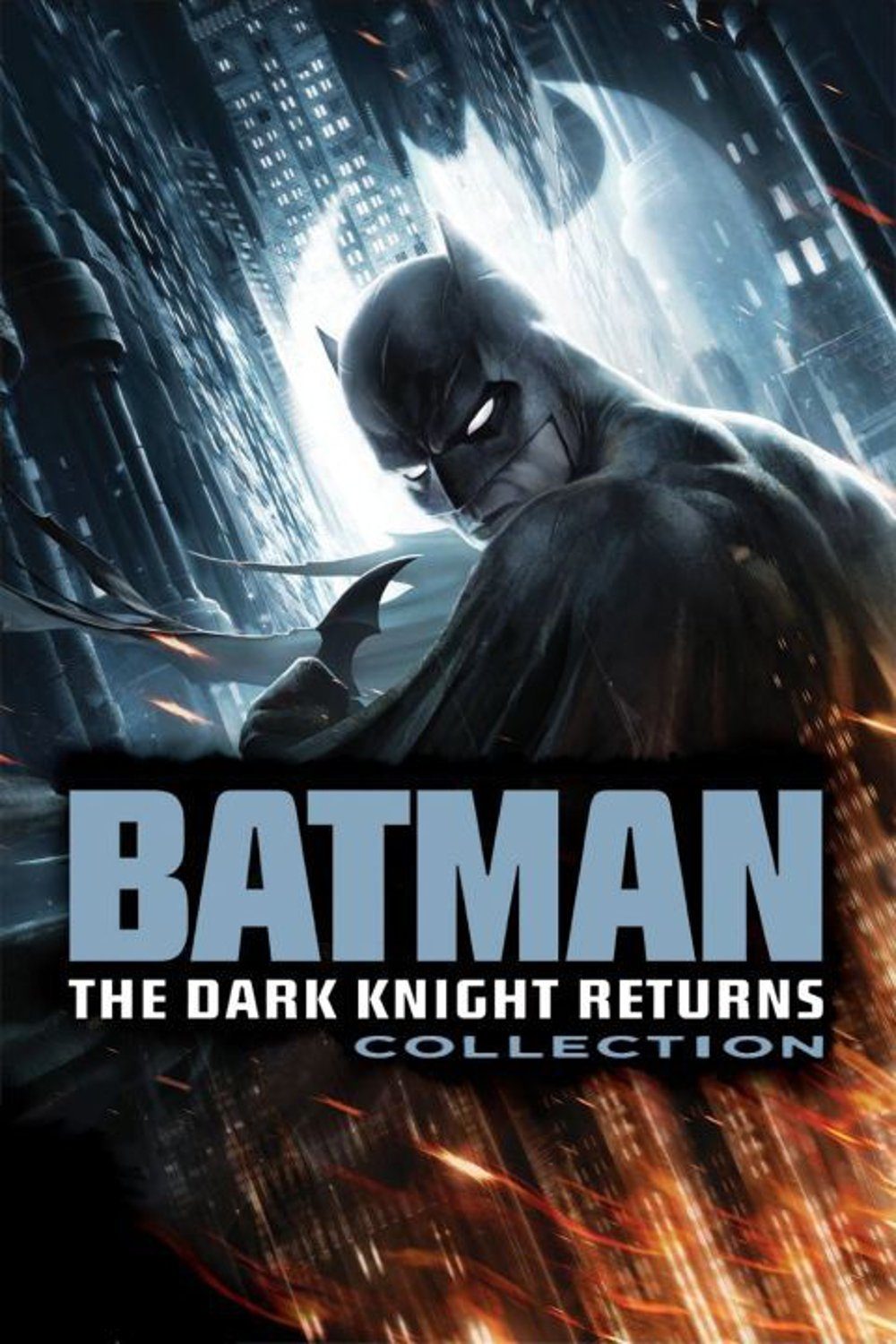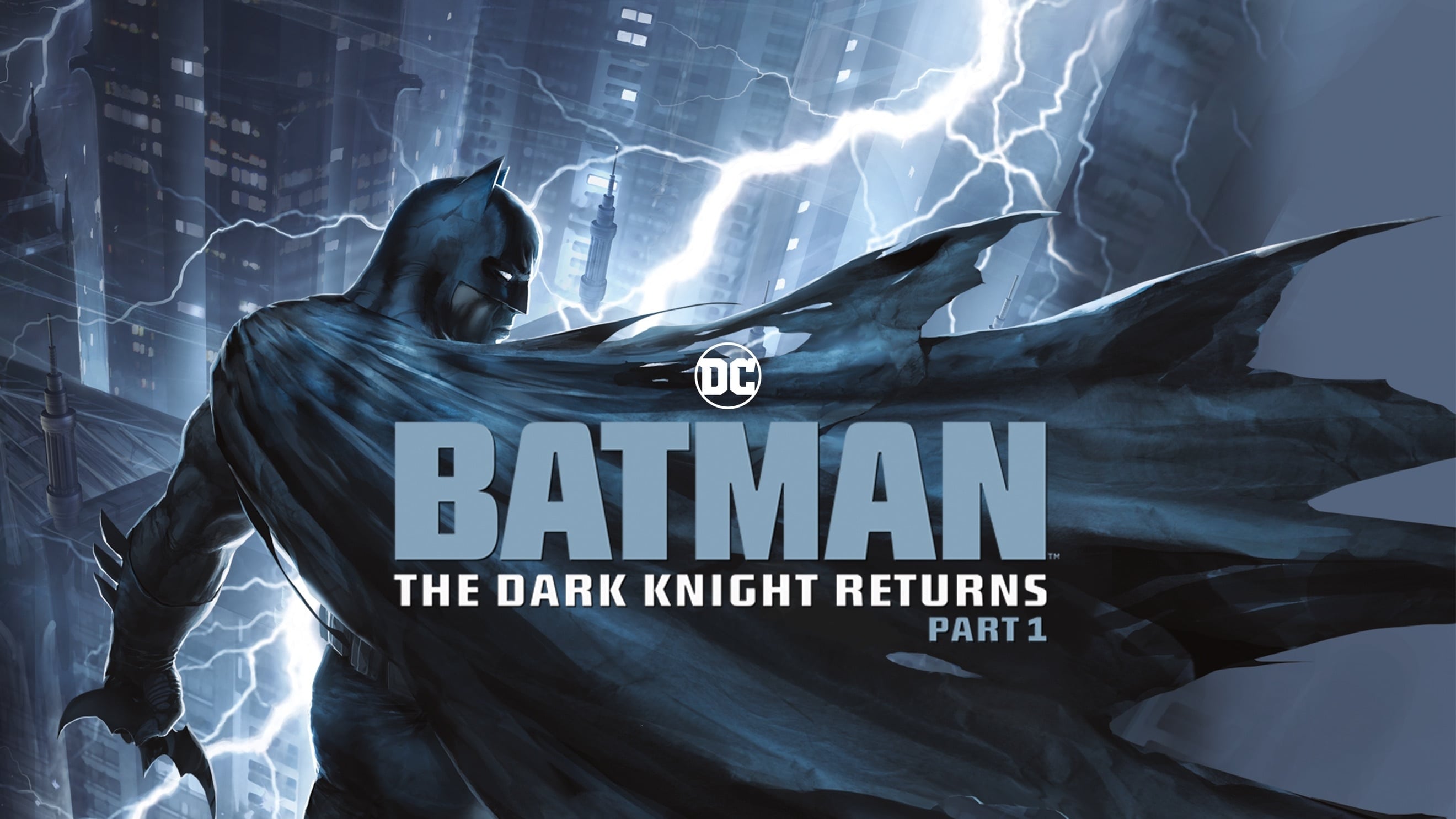

Whereas in the comic, Two-Face threatens to destroy the Gotham Twin Towers. The building Two-Face threatens to blow up is called the Gotham Life Building.In the film, he seems to emerge immediately after hearing a news report regarding Batman, or rather, the Sons of Batman. On a related note, the original comic indicated that Joker's emergence from his catatonia was gradual due to constant news reports and debates about whether Batman's return was good for Gotham ultimately or not.

Because of this, Joker was not involved in Two-Face's plot at all, and it is implied in the film that Two-Face simply lied about not blowing up his men in order to ensure he committed suicide rather than the bombs being sabotaged by the Joker via Abner.

In the film, it took place before the Joker emerged from his catatonia.
In the comic, Two-Face's resurgence and bombing attempt occurred after the Joker emerged from his catatonia due to news reports of Batman's return. This has the consequence of toning down Batman's characterization to have him, while still being brutal in his confronting the criminal element of Gotham, coming across as being more pragmatic regarding dealing with it rather than outright sadistic in tormenting the criminal element like in the comic. Batman's internal monologues have generally been removed, or at best incorporated into dialogue in this as well as the second part. In the comic, shortly after the events of Bruce Wayne's defeat at the hands of the Mutant Leader, Carrie briefly hugs Bruce while he's still nude from the medical treatment. Similarly, Batman's out of shape nature from exiting retirement is toned down in both parts of the film, where he still manages to rely on skill instead of brute strength, but his stealthy nature is depicted as still intact unlike in the comics. Carrie Kelley is depicted as already skilled with gymnastics even before she formally joins as Robin in the film. Armed with a new sidekick, and re-energized with a definitive purpose, the Dark Knight returns to protect Gotham from foes new … and old. Particularly inspired is a teenage girl named Carrie Kelly who adopts the persona of Robin and ultimately saves Batman from a brutal attack by the Mutant leader. The return of Harvey Dent as Two-Face, as well as the Mutants' having recently murdered a child during one of their rampages, finally prompts Wayne to once again don the Dark Knight’s cowl, and his dramatic capture of the villain returns him to crime-fighting – simultaneously making him the target of law enforcement and the new hope for a desolate Gotham City. Facing the downside of middle age, a restless Bruce Wayne pacifies his frustration with race cars and liquor – but the Bat still beckons as he watches his city fall prey to gangs of barbaric criminals known as The Mutants. In the bleak and ominous future of Batman: The Dark Knight Returns, Part 1, it’s been a decade since Bruce Wayne hung up his cape, following most of the other superheroes who had been forced into retirement. 2 Differences between the comic and film.







 0 kommentar(er)
0 kommentar(er)
